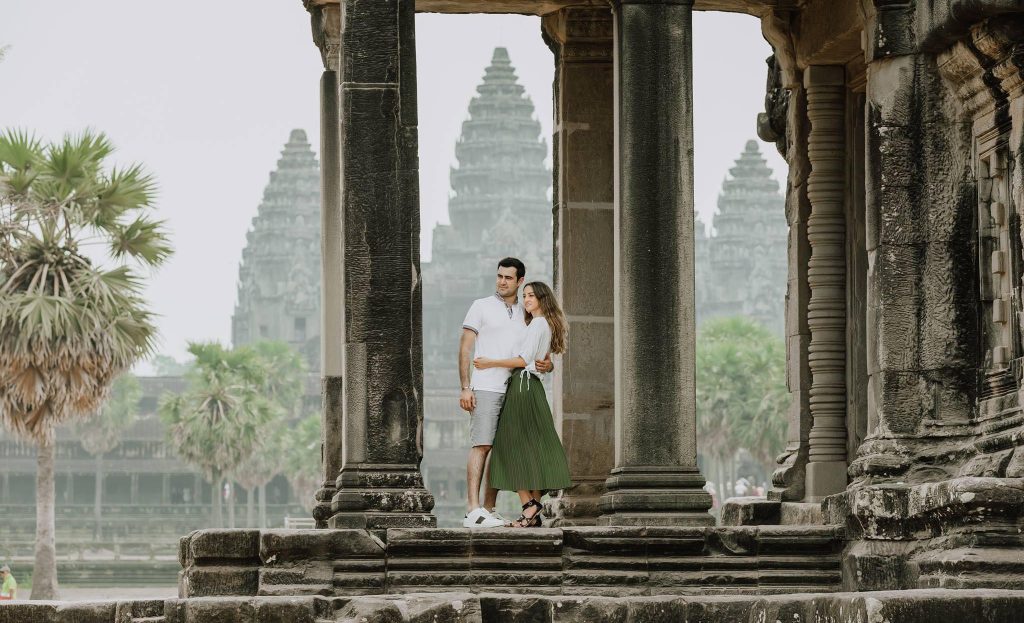
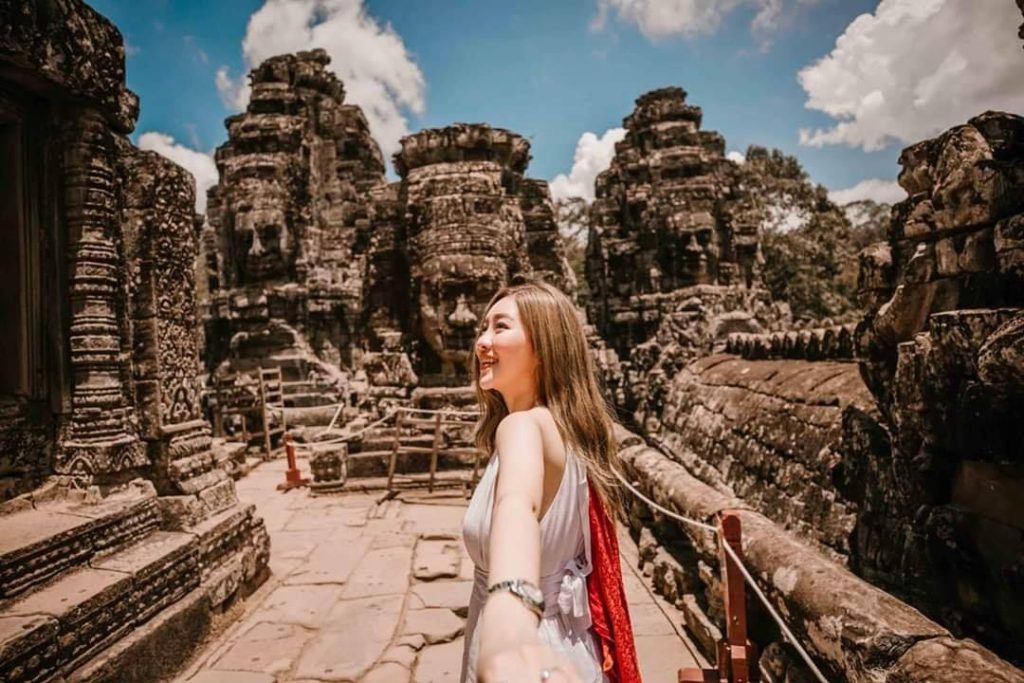
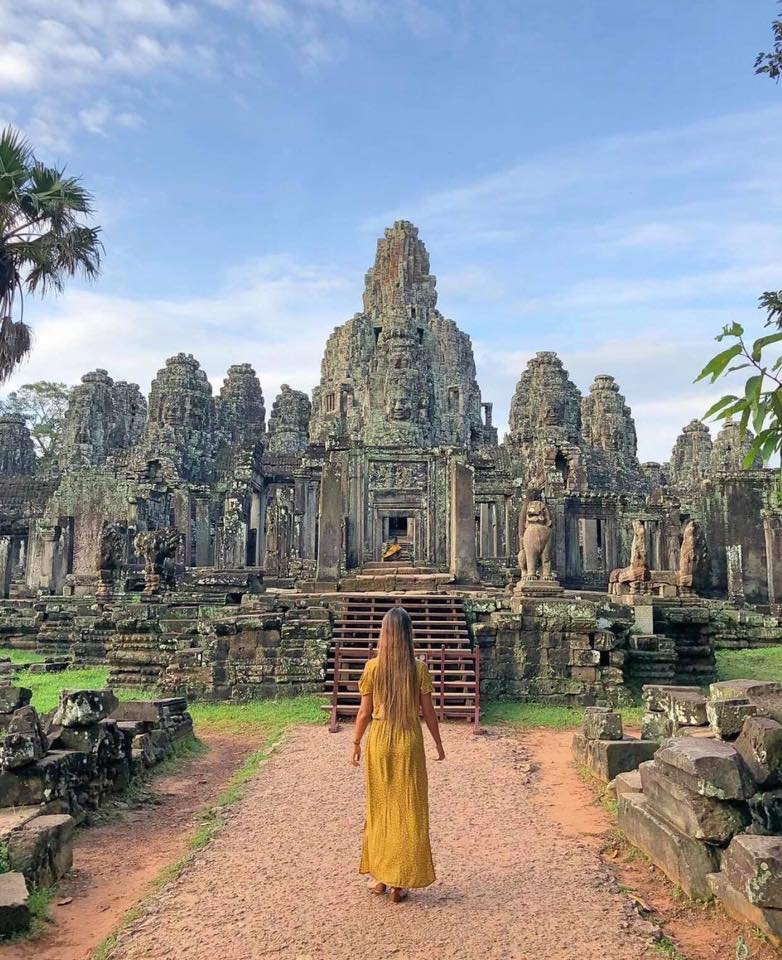
Siem Reap is one of Cambodia’s most popular and vibrant destinations, serving as the gateway to the world-famous Angkor Archaeological Park, a UNESCO World Heritage Site. Beyond the ancient temples, Siem Reap offers a mix of cultural experiences, modern amenities, and natural beauty. Here’s a detailed guide to help you plan your trip to Siem Reap:
Overview of Siem Reap
Location: Siem Reap is located in northwestern Cambodia, about 320 kilometers (200 miles) from Phnom Penh.
Famous For: Siem Reap is best known for the Angkor Wat temple complex, but it also offers a lively nightlife, cultural attractions, and a charming blend of old and new.
Best Time to Visit: The dry season (November to March) is ideal, as the weather is cooler and more comfortable for exploring. The rainy season (May to October) offers lush green landscapes but can be hot and humid.
How to Get There
From Phnom Penh: Take a bus, private car, or taxi (approx. 5-6 hours). Flights are also available (approx. 1 hour).
From Bangkok (Thailand): Buses, flights, and trains are available (approx. 8-10 hours by land, 1 hour by flight).
From Ho Chi Minh City (Vietnam): Buses and flights are available (approx. 12-14 hours by land, 1.5 hours by flight).
Top Attractions in Siem Reap
Angkor Archaeological Park:
The main highlight of Siem Reap, this UNESCO World Heritage Site is home to over 1,000 temples, including the iconic Angkor Wat, Bayon Temple, and Ta Prohm (the “Tomb Raider Temple”).
Spend at least 2-3 days exploring the park, with sunrise at Angkor Wat being a must-see experience.
Angkor Wat:
The largest religious monument in the world, Angkor Wat is a masterpiece of Khmer architecture and a symbol of Cambodia.
Explore the intricate carvings, bas-reliefs, and towering spires.
Bayon Temple:
Located in the ancient city of Angkor Thom, Bayon is famous for its massive stone faces and intricate carvings.
Ta Prohm:
Known for the giant tree roots that have grown over the temple ruins, creating a mystical and photogenic atmosphere.
Tonle Sap Lake:
The largest freshwater lake in Southeast Asia, offering opportunities to visit floating villages like Kampong Phluk and Chong Kneas.
Take a boat tour to see how local communities live and work on the water.
Phnom Kulen National Park:
A sacred mountain with waterfalls, ancient temples, and the Reclining Buddha statue.
A great spot for hiking and enjoying nature.
Cambodian Cultural Village:
A theme park showcasing Cambodia’s diverse cultures, traditions, and history through performances, exhibits, and recreated villages.
Pub Street:
The heart of Siem Reap’s nightlife, offering a lively atmosphere with bars, restaurants, and street performances.
A great place to unwind after a day of temple exploration.
Artisans Angkor:
A social enterprise that promotes traditional Khmer crafts, including silk weaving, stone carving, and woodwork.
Visit their workshops and shop for high-quality handmade products.
Angkor National Museum:
A modern museum offering insights into the history and culture of the Khmer Empire and the Angkor temples.
Cultural Experiences
Apsara Dance Performances: Attend a traditional Apsara dance show, often accompanied by a Khmer dinner.
Cooking Classes: Learn to cook authentic Cambodian dishes using fresh, local ingredients.
Local Markets: Explore the Old Market (Phsar Chas) and Night Market to experience daily life, sample street food, and shop for souvenirs.
Outdoor Activities
Cycling: Rent a bike and explore the countryside, passing through rice fields, villages, and scenic riverside paths.
Hot Air Balloon Rides: Enjoy a bird’s-eye view of the Angkor temples and surrounding landscape.
Quad Biking: Explore the countryside on a quad bike, visiting rural villages and scenic spots.
Food and Dining
Local Dishes: Try Cambodian staples like amok (curry steamed in banana leaves), bai sach chrouk (grilled pork with rice), and nom banh chok (rice noodles with fish curry).
Street Food: Sample snacks like grilled meats, fresh fruit, and sticky rice from local vendors.
Restaurants: Siem Reap has a vibrant food scene, with options ranging from traditional Khmer cuisine to international dishes. Don’t miss the riverside restaurants for a memorable dining experience.
Accommodation
Budget: Guesthouses and hostels are plentiful, offering affordable and comfortable stays.
Mid-Range: Boutique hotels and small resorts provide more amenities and a cozy atmosphere.
Luxury: Siem Reap has several upscale options, including luxury resorts and eco-lodges.
Tips for Travelers
Transportation: Renting a motorbike, hiring a tuk-tuk, or booking a private car is the best way to explore Siem Reap and the Angkor temples.
Language: Khmer is the primary language, but English is widely understood in tourist areas.
Currency: The Cambodian Riel (KHR) is the official currency, but US dollars are widely accepted.
Respect Local Customs: Dress modestly when visiting temples and always ask for permission before taking photos of people.
Nearby Attractions
Banteay Srei: A smaller but intricately carved temple located about 25 kilometers (15 miles) from Siem Reap.
Beng Mealea: A remote and atmospheric temple ruin located about 70 kilometers (43 miles) from Siem Reap.
Kampong Phluk: A floating village on Tonle Sap Lake, offering a glimpse into traditional Cambodian life.
A trip to Siem Reap offers a unique blend of history, culture, and natural beauty, making it a rewarding destination for travelers seeking an authentic Cambodian experience. Let me know if you need more specific recommendations!
Contact us now to explore Cambodia!
Email: info@soprita.com
WhatsApp: +855 89 666 068
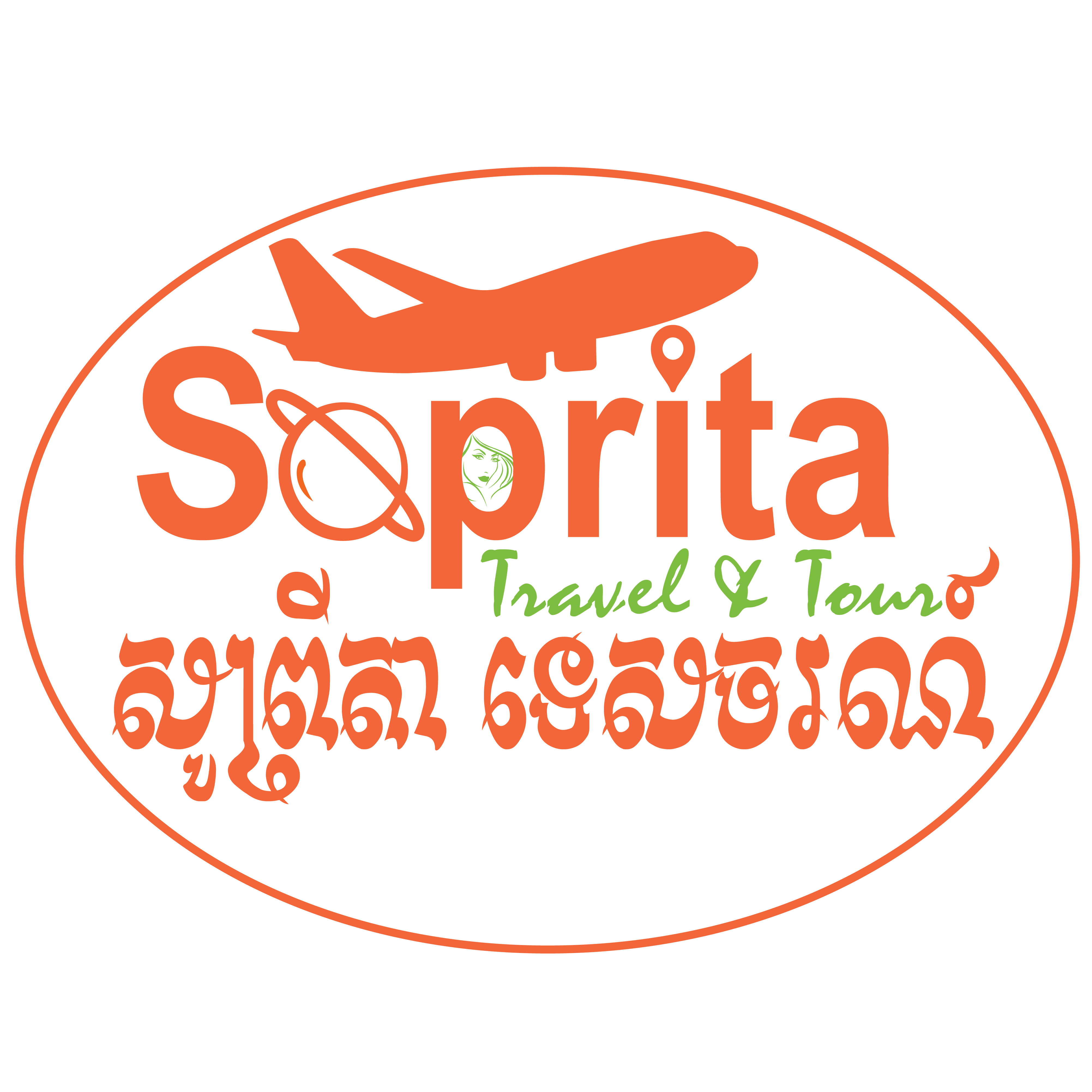
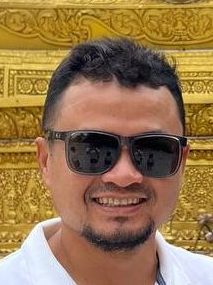
Leave a Reply